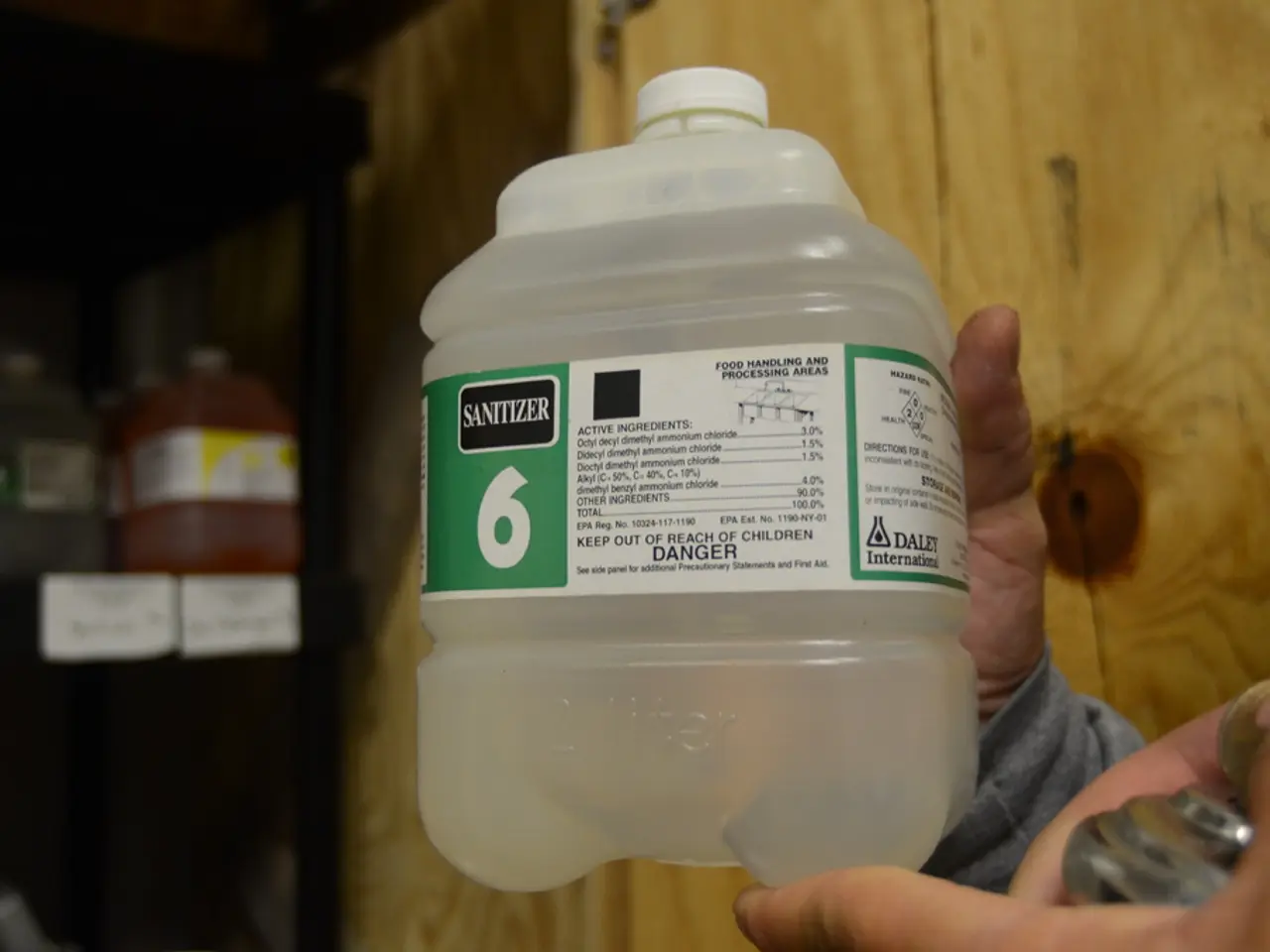Persistent Symptoms of C. diff: An Examination of Causes, Occurrences, and Other Aspects
In the United States, nearly half a million individuals develop a Clostridium difficile (C. diff) infection each year [1]. These infections, often associated with antibiotic use and disruptions to the gut microbiota, can lead to a debilitating condition known as recurrent CDI (rCDI).
Identifying the Signs of rCDI
Symptoms of a CDI relapse are strikingly similar to the initial infection. They may include increased stool frequency for two consecutive days, looser stool consistency, recurrence of frequent, watery diarrhea (at least three bowel movements per day), return or persistence of abdominal cramps or lower abdominal pain, possible fever, nausea, and loss of appetite [2][4]. In some cases, blood or pus in the stool may be present, indicating ongoing colonic inflammation [1][2].
Risk Factors for rCDI
Several factors contribute to the risk of a CDI relapse. Previous or ongoing antibiotic use, which disrupts normal gut flora, allowing C. diff to flourish, is a significant risk factor [2][5]. Weakened or suppressed immune systems, chronic illnesses, and immunosuppressive therapies also play a role [1][3]. Recent hospitalization or repeated medical care exposure can increase the chance of acquiring or sustaining C. diff spores [1][2].
Preventing rCDI
Simple hygiene practices can help prevent rCDI. Washing hands with soap and water before eating and after using the bathroom can significantly reduce the risk [3]. Completing the full course of antibiotics is crucial to prevent rCDI, as incomplete treatment can lead to lingering spores that cause relapse [5].
Diagnosis and Treatment
The only way to confirm a CDI relapse is through a stool test conducted by a doctor [6]. Treatment options for rCDI include antibiotics, with different antibiotics recommended depending on the number of times the person has had a CDI before [7]. In cases where antibiotics are ineffective, fecal microbiota transplant (FMT) may be considered. This procedure involves inserting stool from a person without C. diff into the colon of the person with rCDI [8].
Understanding rCDI
Researchers are still investigating the causes of C. diff recurrence and whether rCDI is due to the same bacteria or a new strain [9]. It is estimated that 1 in every 6 people who develop a CDI will experience a relapse or recurrent CDI (rCDI) within 2-8 weeks [1]. Proton pump inhibitors can also increase the likelihood of rCDI [10].
According to 2019 research, FMT treatment cured about 90% of people with rCDI [11]. As our understanding of C. diff and rCDI continues to grow, so too will our ability to effectively monitor and manage these infections.
[1] Centers for Disease Control and Prevention. (2021). Clostridioides difficile (C. difficile) in Healthcare Settings. Retrieved from https://www.cdc.gov/hai/organisms/cdiff/index.html [2] Mayo Clinic Staff. (2021). Clostridium difficile (C. difficile) - Symptoms and causes. Retrieved from https://www.mayoclinic.org/diseases-conditions/clostridium-difficile/symptoms-causes/syc-20354856 [3] Mayo Clinic Staff. (2021). Clostridium difficile (C. difficile) - Prevention. Retrieved from https://www.mayoclinic.org/diseases-conditions/clostridium-difficile/prevention/syc-20354862 [4] Mayo Clinic Staff. (2021). Clostridium difficile (C. difficile) - Diagnosis and treatment. Retrieved from https://www.mayoclinic.org/diseases-conditions/clostridium-difficile/diagnosis-treatment/syc-20354857 [5] Centers for Disease Control and Prevention. (2021). Treatment of C. difficile Infections. Retrieved from https://www.cdc.gov/hai/organisms/cdiff/treatment.html [6] Mayo Clinic Staff. (2021). Clostridium difficile (C. difficile) - Diagnosis and treatment. Retrieved from https://www.mayoclinic.org/diseases-conditions/clostridium-difficile/diagnosis-treatment/syc-20354857 [7] Centers for Disease Control and Prevention. (2021). Treatment of C. difficile Infections. Retrieved from https://www.cdc.gov/hai/organisms/cdiff/treatment.html [8] Mayo Clinic Staff. (2021). Clostridium difficile (C. difficile) - Treatment. Retrieved from https://www.mayoclinic.org/diseases-conditions/clostridium-difficile/treatment-and-care/syc-20354863 [9] Mayo Clinic Staff. (2021). Clostridium difficile (C. difficile) - Prevention. Retrieved from https://www.mayoclinic.org/diseases-conditions/clostridium-difficile/prevention/syc-20354862 [10] Mayo Clinic Staff. (2021). Clostridium difficile (C. difficile) - Prevention. Retrieved from https://www.mayoclinic.org/diseases-conditions/clostridium-difficile/prevention/syc-20354862 [11] Mayo Clinic Staff. (2021). Clostridium difficile (C. difficile) - Treatment. Retrieved from https://www.mayoclinic.org/diseases-conditions/clostridium-difficile/treatment-and-care/syc-20354863
Read also:
- Steady increase in imported chikungunya cases predicted by health expert in Hong Kong
- Differences Between Diabetic Retinopathy and Macular Edema
- Utility Kepco's climate risk disclosures called into question by an anonymous tip-off to SGX
- Downtown residents flocked to the Volga for the eco-festival " Art Luga Mesto of Strength "







